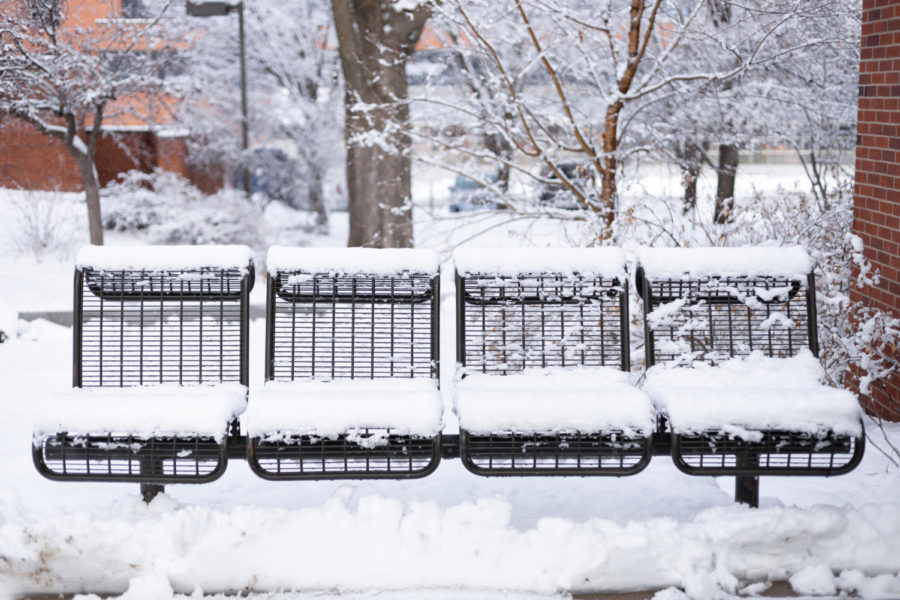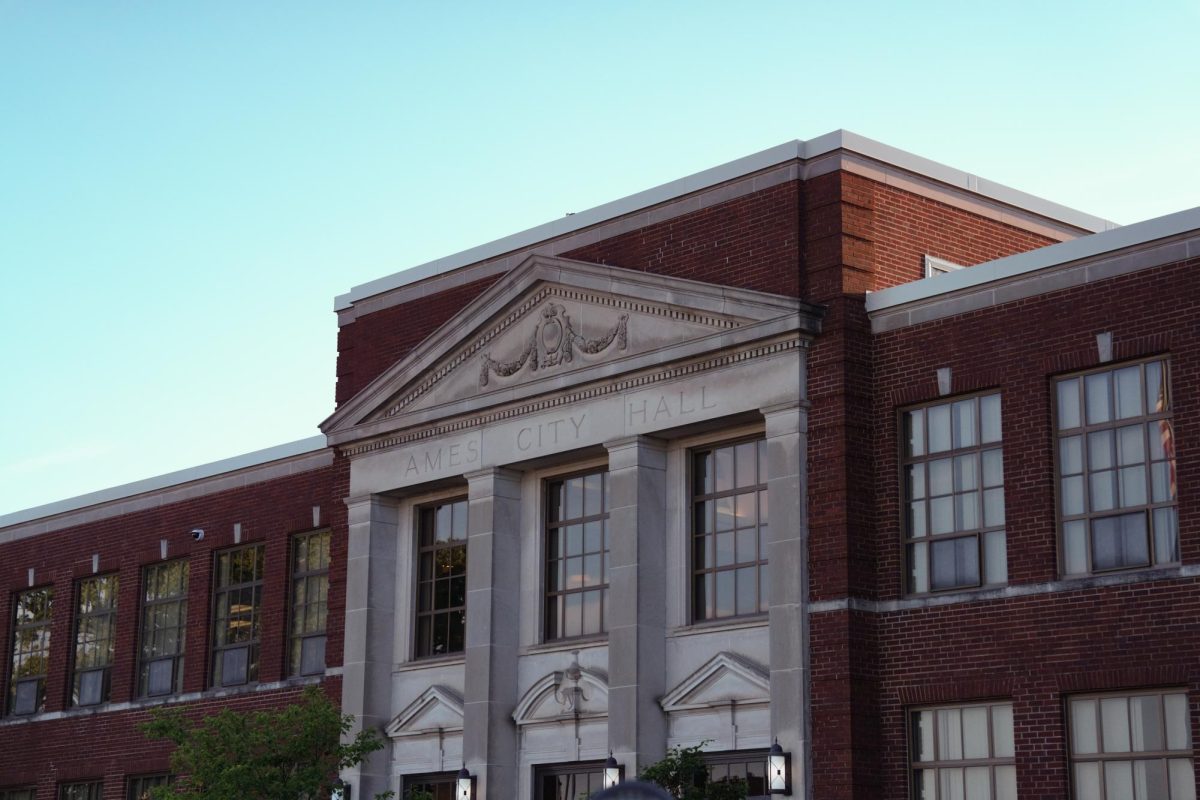Concrete Canoe team receives first place
April 15, 2002
Iowa State’s concrete worked its way to a first-place finish in the regional competition in Platteville, Wisc.
The local chapter of the American Society of Civil Engineers improved its fourth-place finish from last year. Team members will compete next in the national competition June 20-24 in Madison, Wisc. “It was kind of a shock,” said Jessica Slavik, Concrete Canoe co-chair.
Slavik, senior in civil engineering, said team members thought they had tied for second.
“We started jumping up and down,” Slavik said of the moment the team found out they had won.
The team’s canoe, named “Fever,” is nearly 20 feet long and is based on the team’s design from last year. Canoes in the competition have to be based on a previous design or another canoe-based design.
While regular concrete uses rocks and sand as aggregate, the concrete for the canoe uses other material, such as glass bubbles.
“When we combine all the materials they have a lower unit weight than water,” Slavik said.
In addition to the canoe, the competition also involves a technical design paper and an oral presentation, said John Dostart, Concrete Canoe co-chair and senior in civil engineering.
Slavik and Dostart both participated in the co-ed, four-person race, which is one of five races in the competition.
“Two of the other teams had their boats break apart during the race,” Slavik said. The broken boats were repaired with duct tape, then continued in the race.
The canoe also had to pass a “swamp test,” in which the canoe is filled with water. To pass the test, points on each end of the canoe have to remain out of the water.
The “USS Ekberg” was Iowa State’s first concrete canoe, built in 1973. The canoe weighed 400 pounds. Then, however, Styrofoam and other flotation materials were allowed.
Changes in aggregates and design over the years have slimmed down the weight, and the 2002 entry weighed only 117 pounds. “Fever” was 2.3 feet wide at its widest point; it varies in thickness between half an inch and 5/8 of an inch.
“Fever” is the second concrete canoe Iowa State has sent to competition without any additional flotation within its hull.
It took two weeks to build the mold for the canoe, Slavik said, and the concrete was placed in eight hours.
Slavik and Dostart were both happy with the results, but it extended beyond the win.
“I think the important thing we did was come together as a group and stick it out,” Slavik said.
Dostart joked about the competition. “I think the important thing is that we beat the [Iowa] Hawks,” he said.






